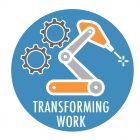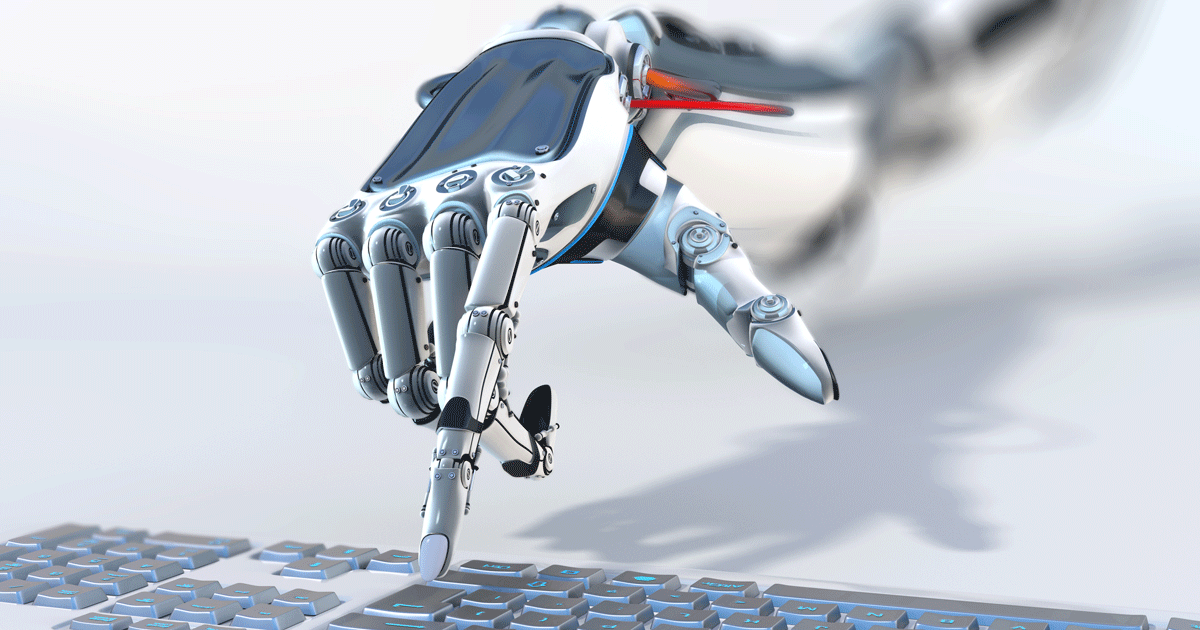
Two highly recommended recent New York Times articles on how technology is destroying good-paying jobs and careers. The first, written by Kevin Roose, is entitled The hidden agenda of the Davos elites. The second, written by Eduardo Porter, is entitled Tech is splitting the U.S. workforce in two.
The Rose column will scare the hell out of you. It compellingly makes the case that corporate executives across the planet are aggressively––public statements to the contrary not withstanding––working on deploying job-destroying technology with little or no concern for the impact on their workers.
Roose writes:
All over the world, executives are spending billions of dollars to transform their businesses into lean, digitized, highly automated operations. They crave the fat profit margins automation can deliver, and they see A.I. as a golden ticket to savings, perhaps by letting them whittle departments with thousands of workers down to just a few dozen.
“People are looking to achieve very big numbers,” said Mohit Joshi, the president of Infosys, a technology and consulting firm that helps other businesses automate their operations. “Earlier they had incremental, 5 to 10 percent goals in reducing their work force. Now they’re saying, ‘Why can’t we do it with 1 percent of the people we have?’”
Porter writes about what is happening in the fast-growing metro Phoenix labor market today. The subtitle of his article says it all: “A small group of well-educated professionals enjoys rising wages, while most workers toil in low-wage jobs with few chances to advance.”
Porter writes:
And yet for all its success in drawing and nurturing firms on the technological frontier, Phoenix cannot escape the uncomfortable pattern taking shape across the American economy: Despite all its shiny new high-tech businesses, the vast majority of new jobs are in workaday service industries, like health care, hospitality, retail and building services, where pay is mediocre.
The forecast of an America where robots do all the work while humans live off some yet-to-be-invented welfare program may be a Silicon Valley pipe dream. But automation is changing the nature of work, flushing workers without a college degree out of productive industries, like manufacturing and high-tech services, and into tasks with meager wages and no prospect for advancement.
Automation is splitting the American labor force into two worlds. There is a small island of highly educated professionals making good wages at corporations like Intel or Boeing, which reap hundreds of thousands of dollars in profit per employee. That island sits in the middle of a sea of less educated workers who are stuck at businesses like hotels, restaurants and nursing homes that generate much smaller profits per employee and stay viable primarily by keeping wages low.
Porter details the metro Phoenix labor market of today this way:
To find the bulk of jobs in Phoenix, you have to look on the other side of the economy: where productivity is low. Building services, like janitors and gardeners, employed nearly 35,000 people in the area in 2017, and health care and social services accounted for 254,000 workers. Restaurants and other eateries employed 136,000 workers, 24,000 more than at the trough of the recession in 2010. They made less than $450 a week.
The biggest single employer in town is Banner Health, which has about 50,000 workers throughout a vast network that includes hospitals, outpatient clinics and home health aides. Though it employs high-paid doctors, it relies on an army of lower paid orderlies and technicians. A nursing assistant in Phoenix makes $31,000 a year, on average. A home health aide makes $24,000. …
The 58 most productive industries in Phoenix — where productivity ranges from $210,000 to $30 million per worker, according to Mr. Muro’s and Mr. Whiton’s analysis — employed only 162,000 people in 2017, 14,000 more than in 2010. Employment in the 58 industries with the lowest productivity, where it tops out at $65,000 per worker, grew 10 times as much over the period, to 673,000.
Taken together the two articles should be sending off alarm bells among economic policymakers in Washington and Lansing. Unfortunately their is little sign that policymakers in either party have heard those alarm bells.
Machine learning is at the heart of the Great Decoupling where even as economies grow many are left with stagnant or declining standards of living. Figuring out how we create an economy that benefits everyone needs to become THE mission of economic policy. As Erik Brynjolfsson, the director of M.I.T.’s Initiative on the Digital Economy and co-author of The Second Machine Age says in the Rose column: “The choice isn’t between automation and non-automation. It’s between whether you use the technology in a way that creates shared prosperity, or more concentration of wealth.”







